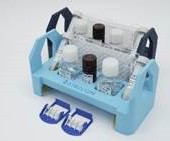Product News – Autumn Edition
IPT highlights some of the most recent exciting advancements in pharmaceutical manufacturing
CARBOGEN AMCIS Shanghai site awarded drug manufacturing license from Chinese NMPA
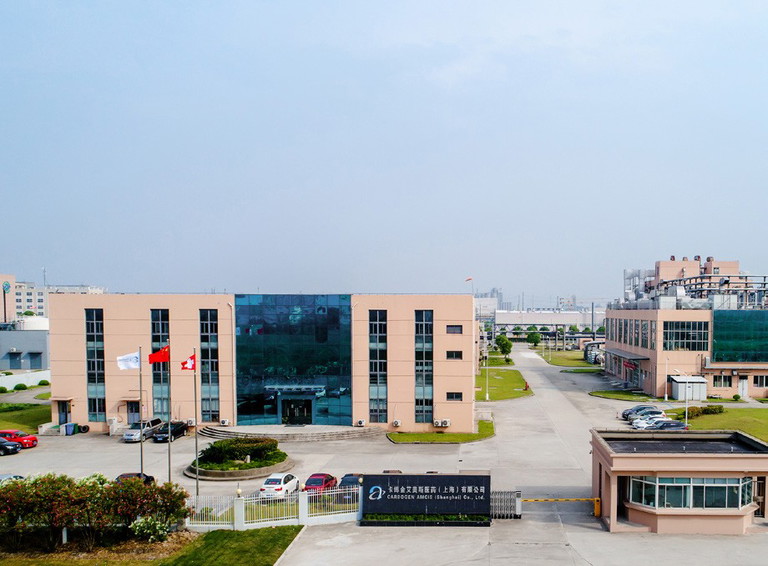
CARBOGEN AMCIS is pleased to announce that its Shanghai, China, facility has successfully obtained its first drug manufacturing license from China’s National Medical Products Administration (NMPA). The NMPA approval followed a rigorous review focused on good manufacturing practice (GMP) compliance and operational readiness. The Shanghai site successfully met all regulatory expectations, reflecting the maturing of its operations and the strength of its quality systems. Located in the Shanghai Chemical Industry Park, the 40,000m² site is a fully self-supporting facility equipped for early-phase R&D, pilot scale production and commercial GMP manufacture. Its services range from raw materials to active pharmaceutical ingredients, including high potency material handling and micronisation. With equipment in four segregated units and reactor capacities from 50L-6,300L, the facility is built for flexibility, efficiency and scalability.
Natoli Engineering introduces FastLok Die Table Surface
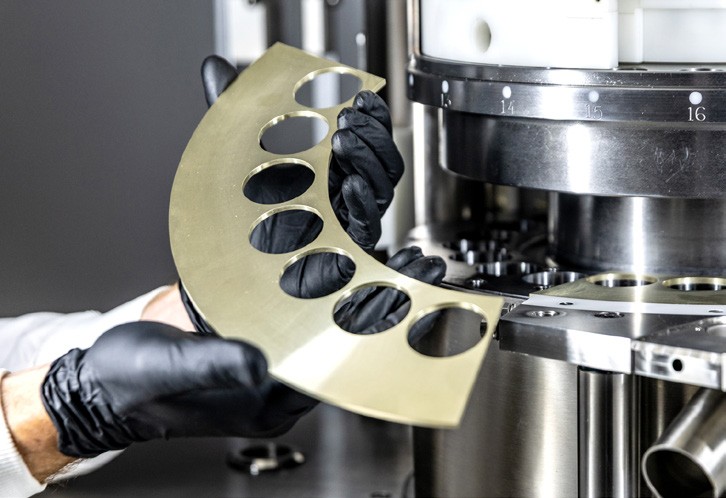
Natoli Engineering introduces the first and patented snap-to-fit FastLok Die Table Surface, an innovative solution that allows quick, tool-less die table surface replacements in under two minutes – eliminating the need for full turret replacements and significantly reducing downtime. Built for durability, the FastLok system features snap-to-fit technology and is compatible with advanced coatings including chromium nitride, zirconium nitride and tungsten carbide cobalt, extending die plate life, reducing maintenance, keeping your press clean, improving yields and improving production efficiency. By minimising the need for off-site turret servicing, FastLok simplifies operations and allows companies to keep spare die plates on hand for seamless changeovers – supporting continuous, cost-effective manufacturing. The FastLok Die Table Surface is more than a quick fix – it’s a long-term solution for improving productivity and lowering cost of ownership.
EpiCypher launches Fiber-seq, a breakthrough multiomic single-molecule genomics assay
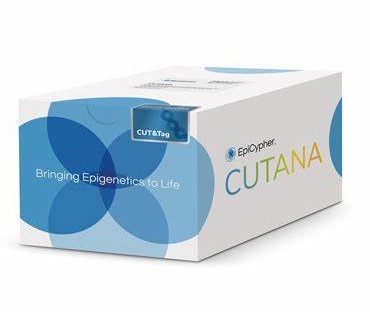
EpiCypher announces the launch of CUTANA Fiber-seq, a multiomic genomics platform that captures both genomic and epigenomic information in a single long-read sequencing assay. This first-of-its-kind technology delivers unprecedented resolution of DNA sequence and chromatin features along individual DNA molecules, opening an entirely new dimension of genome biology with wide-ranging applications in basic research, drug discovery and clinical medicine. The Fiber-seq workflow begins with nuclei treated with the Hia5 methyltransferase, which deposits 6mA marks at regions of accessible DNA. Chromatin fibers are then extracted and subjected to long-read sequencing, where both the Hia5-incorporated 6mA modifications and the underlying DNA sequence are directly detected. This generates a single-molecule, multiomic readout that integrates genetic information, endogenous DNA methylation, and chromatin accessibility across long, continuous DNA molecules. Unlike conventional ATAC-seq, Fiber-seq provides base-pair resolution of transcription factor footprints along individual DNA fibers, enabling precise detection of protein–DNA interactions that regulate gene expression.
Eppendorf introduces next generation mechanical pipettes
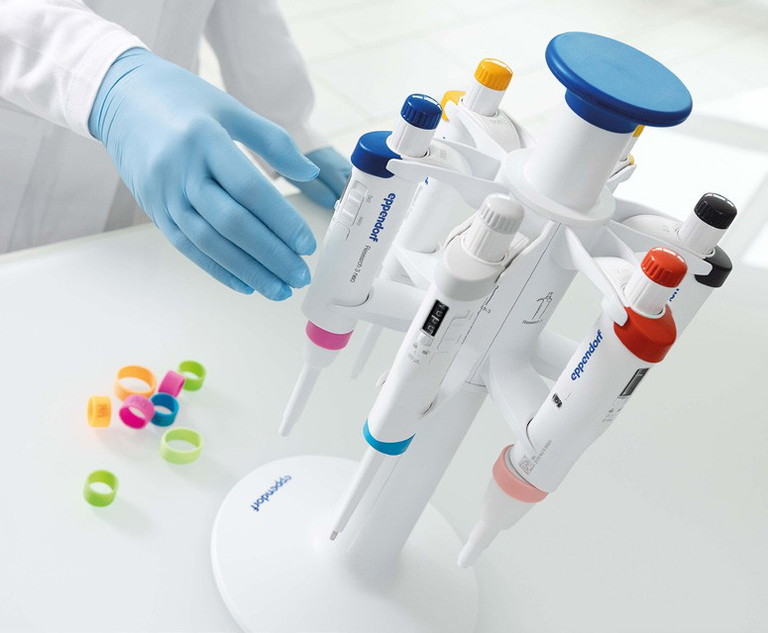
Eppendorf announced the commercial launch of the Eppendorf Research 3 neo, designed to deliver accurate and precise results for accelerated volume selection, and optimised ergonomics. Following successful release throughout Asia in August 2025, the Research 3 neo pipettes are now available in both EMEA and the Americas. The durable pipette is highly flexible, allowing users to switch between two volume settings to easily speed up or fine-tune volume changes, combined with a new volume lock feature preventing unintentional volume changes. Further adjustable settings allow the pipette to accommodate different liquid types, tip geometries, reverse pipetting and altitudes, ensuring optimal accuracy across various applications without the need for recalibration. The use of ColorTag changeable pipette marking rings provides a reversible labelling solution to further increase versatility. Constructed from high-quality materials and subjected to extensive testing, the new mechanical air-cushion pipette delivers high performance, consistently beyond the ISO 8655 test limits when used with epT.I.P.S. pipette tips.
diaago and Peak Analysis & Automation partner to bring practical automation solutions to research laboratories
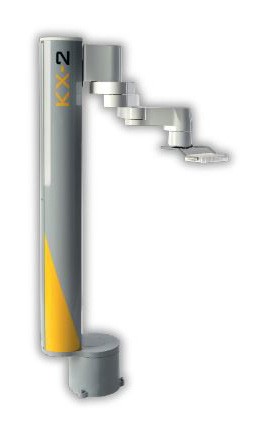
diaago has added innovations from Peak Analysis & Automation (PAA) to its automation portfolio, marking another strategic partnership to support the growing need for versatile automation solutions. Together, diaago and PAA are giving labs flexible, safe and proven robotic solutions to streamline workflows, boost throughput and reduce bottlenecks. This partnership brings together PAA’s decades of expertise in laboratory robotics with diaago’s mission to make advanced automation more accessible. By combining PAA’s engineering and technology with diaago’s customer-first approach, global research laboratories gain a solution that is not only powerful, but practical and scalable. The first offering in stock is the KX-2 Collaborative Robot, designed with real-world lab challenges in mind. Its continuous 360° rotation, multi-link arm and optional linear rail provide exceptional reach and instrument access, while its fully enclosed design ensures operator safety and easy decontamination, even in BSL-2 environments. The KX-2 is built to integrate seamlessly with a wide range of laboratory automation systems. Within diaago’s portfolio, that means compatibility with platforms like the SPL Guard Arizona and Florida thawing stations, AFYS3G Sigma recapper series, Micronic CS700 screw cap recapper, Micronic DR rack readers and more. This flexibility enables labs to create connected, end-to-end workflows with equipment and brand they already trust, maximising efficiency while reducing barriers to automation adoption.
Abselion launches AAVX and AAV9 Total Capsid Quantification Kits
Abselion has expanded its product offering with the launch of the AAVX Total Capsid Quantification Kit and the AAV9 Total Capsid Quantification Kit. Both kits are designed for use with its Amperia benchtop quantification platform and include Thermo Fisher Scientific’s CaptureSelect affinity reagents. Combining these trusted reagents with Abselion’s consistent assay format reduces the need for in-house optimisation. These kits offer researchers working in adeno-associated virus development and characterisation a more streamlined and accessible workflow to generate reproducible titre measurements across a broad range of serotypes and process conditions. Abselion’s Amperia benchtop platform is a simple-to-use solution for rapid and accurate automated quantification of a range of biomolecules, without optics, fluidics or specialist training. Each kit is supplied in a ready-to-use format, including sensor strips, assay plates, matched detection reagents, and assay buffers for the binding and detection steps.
